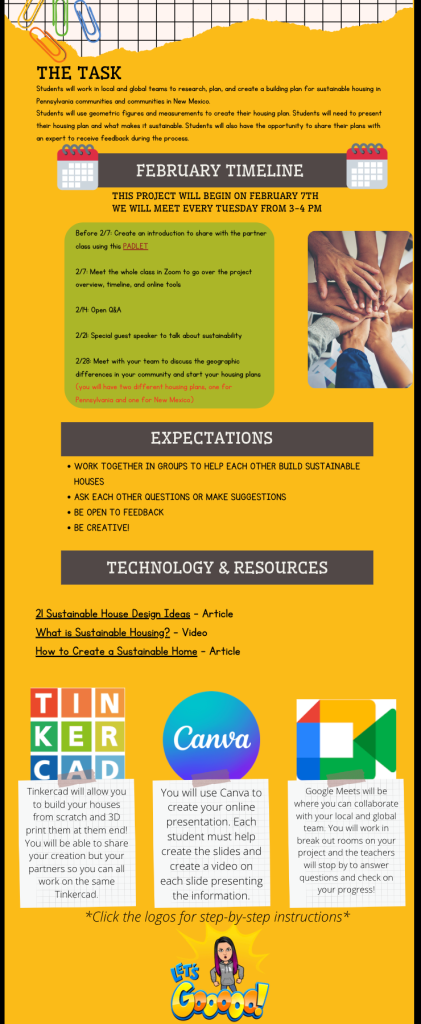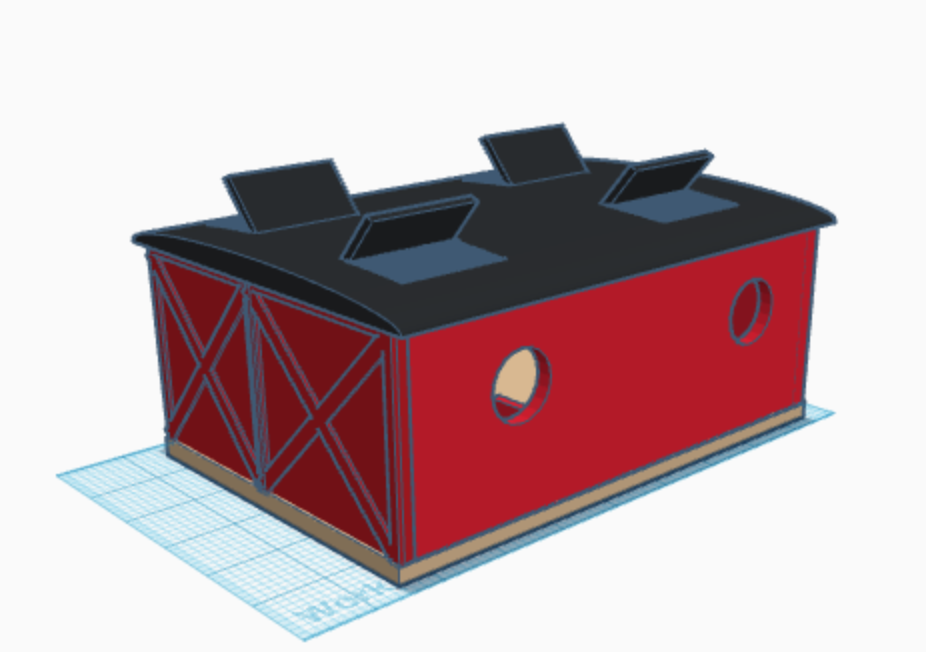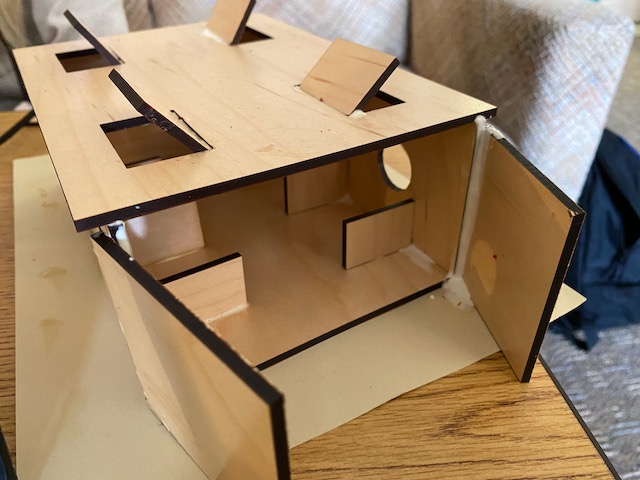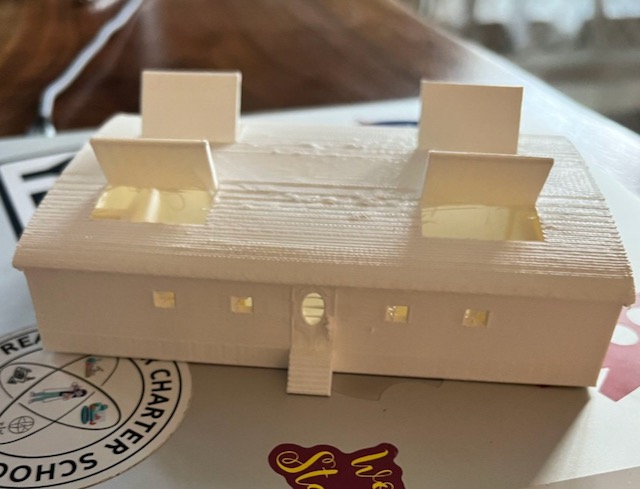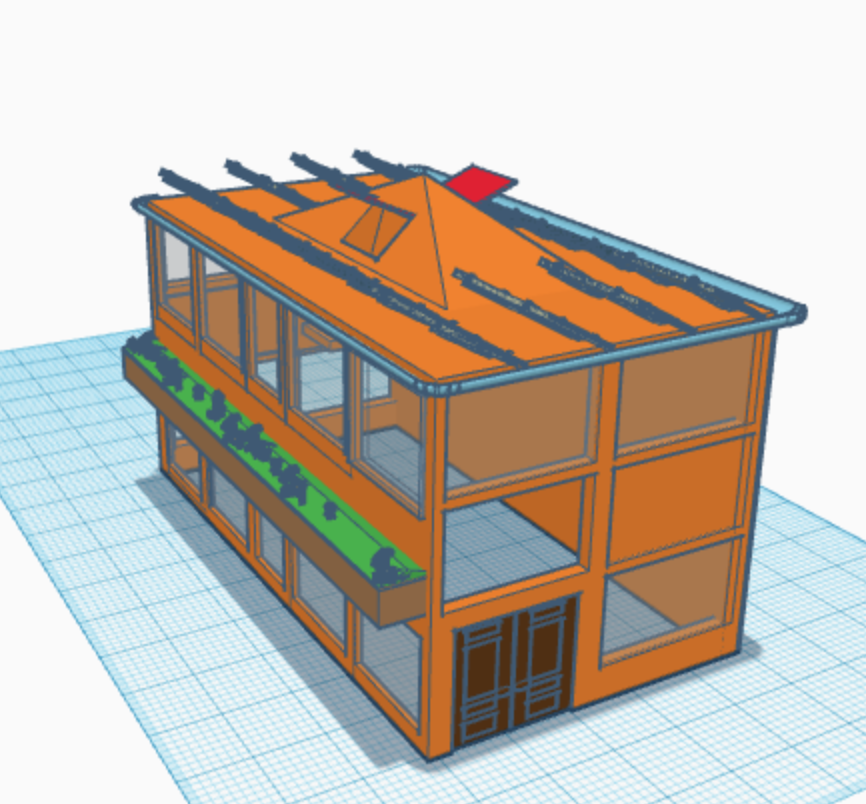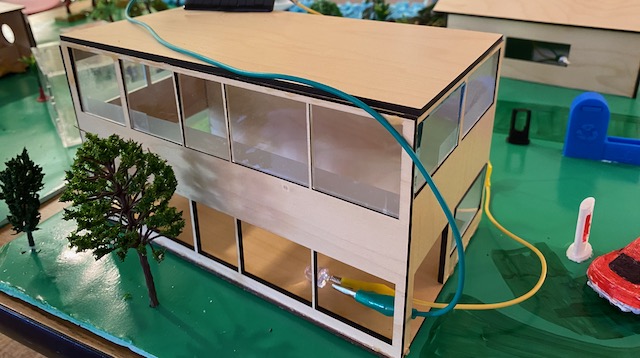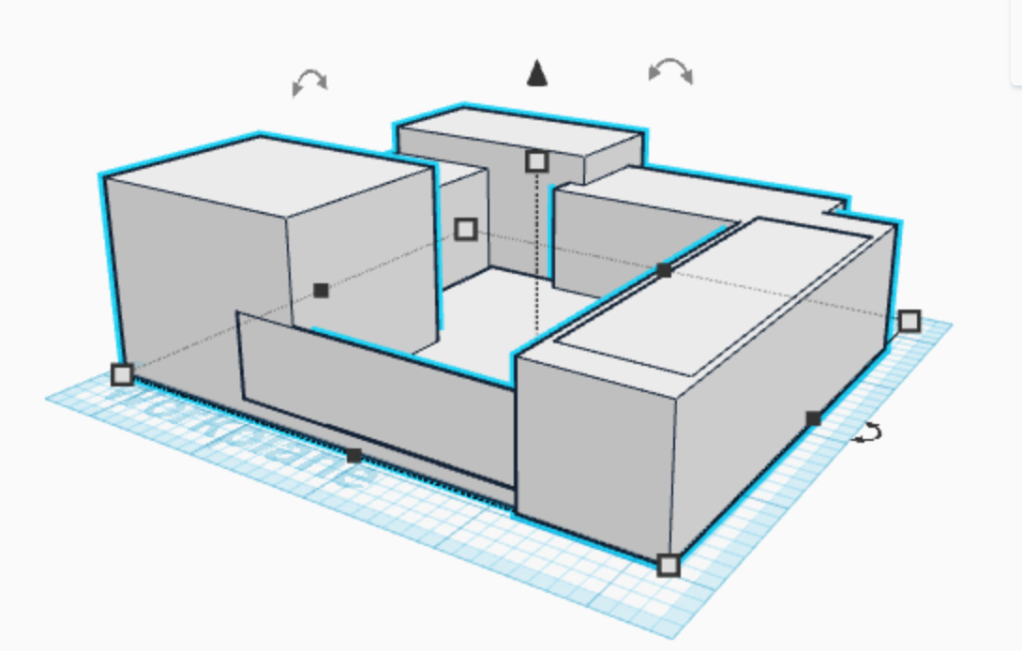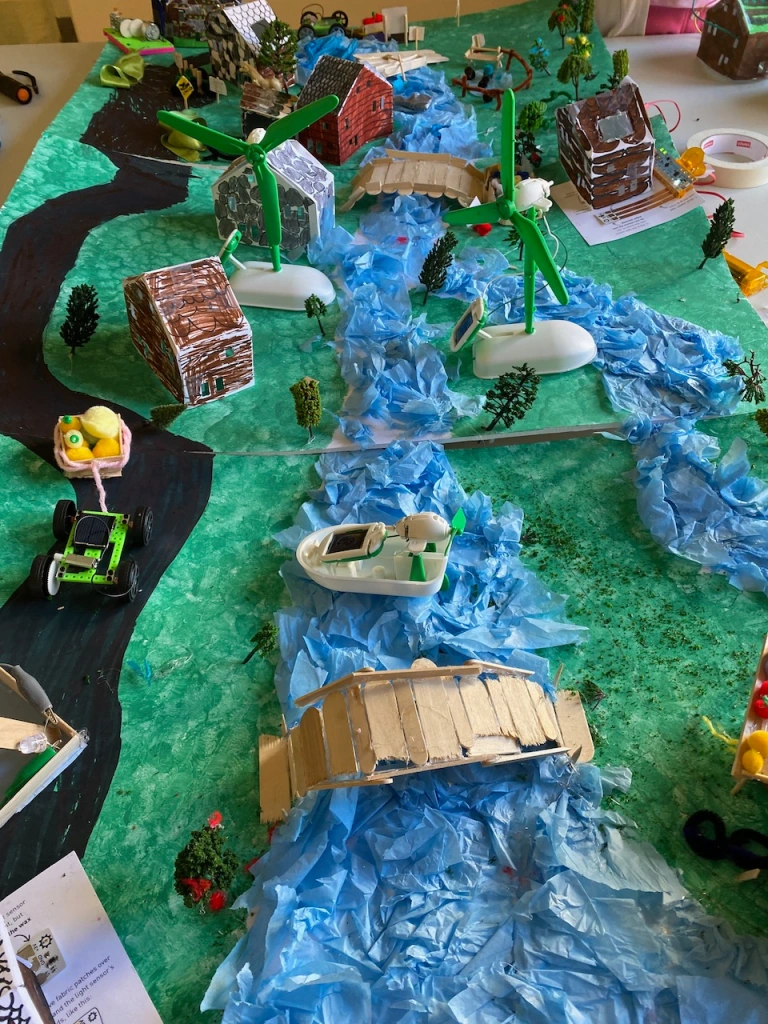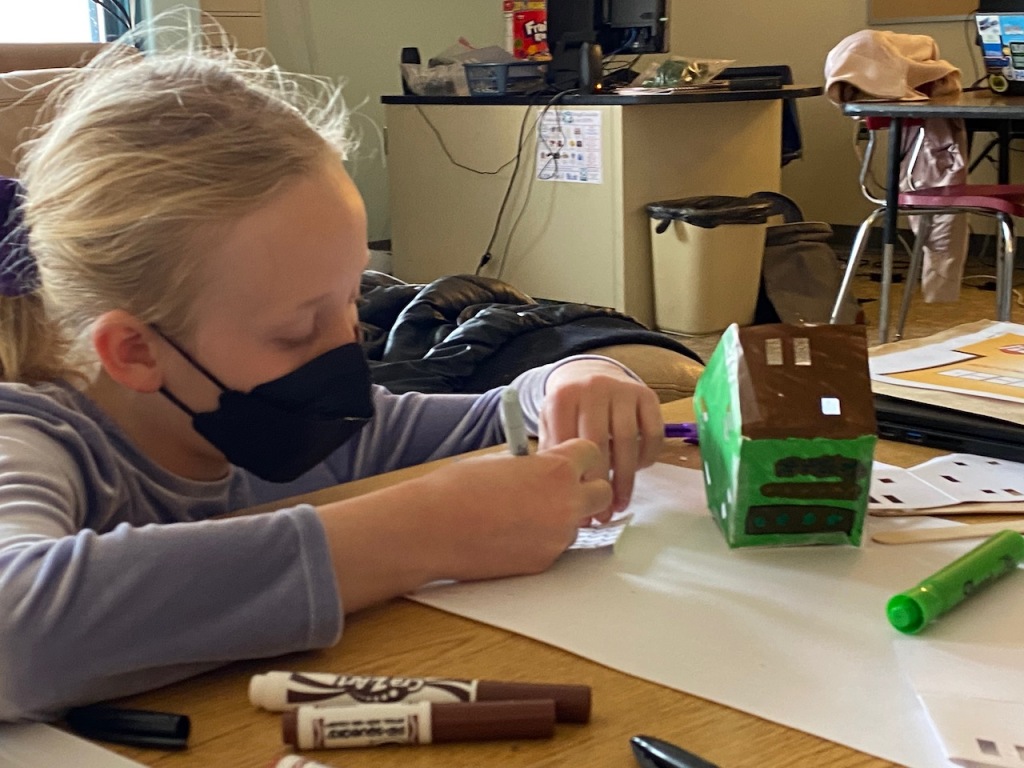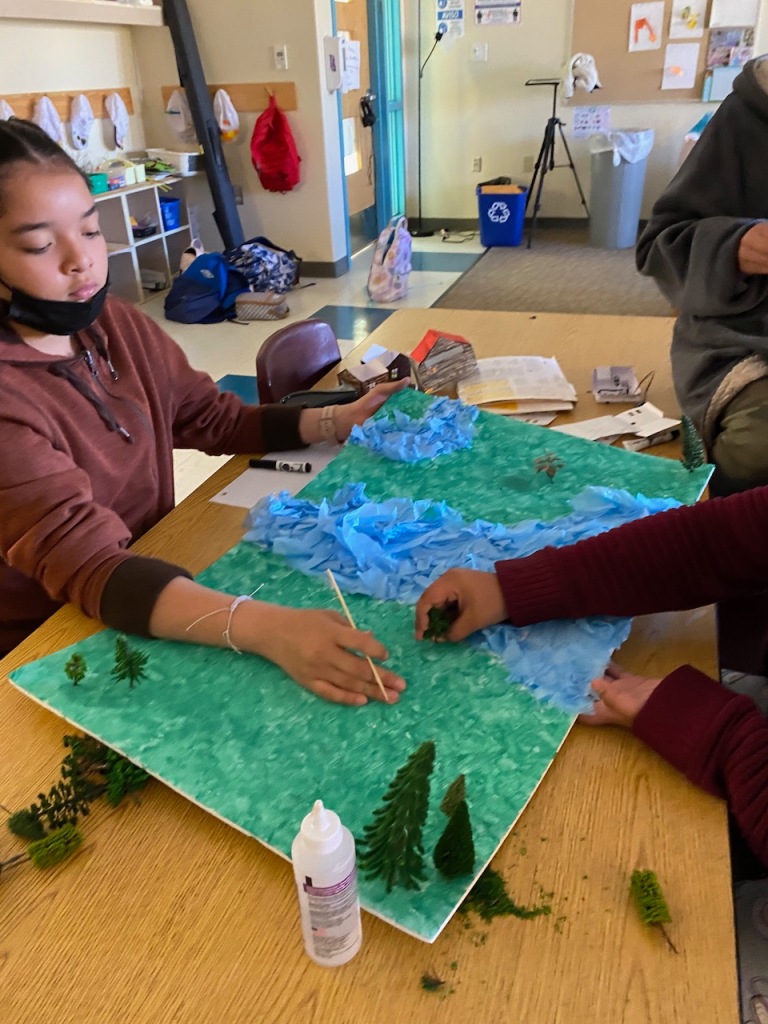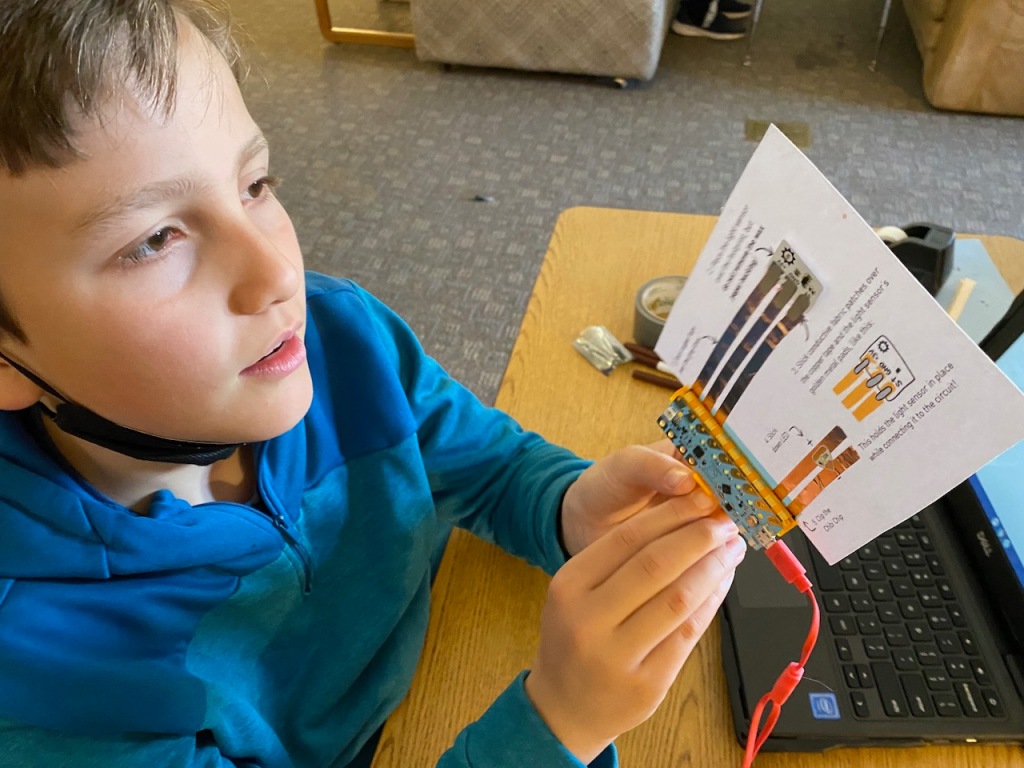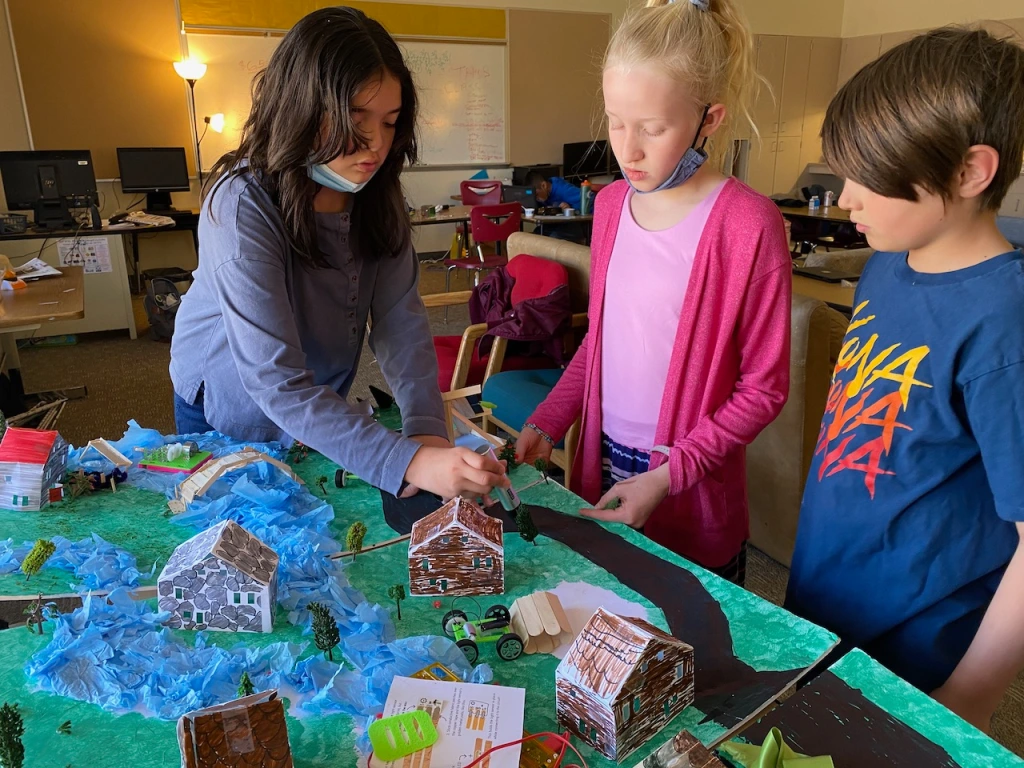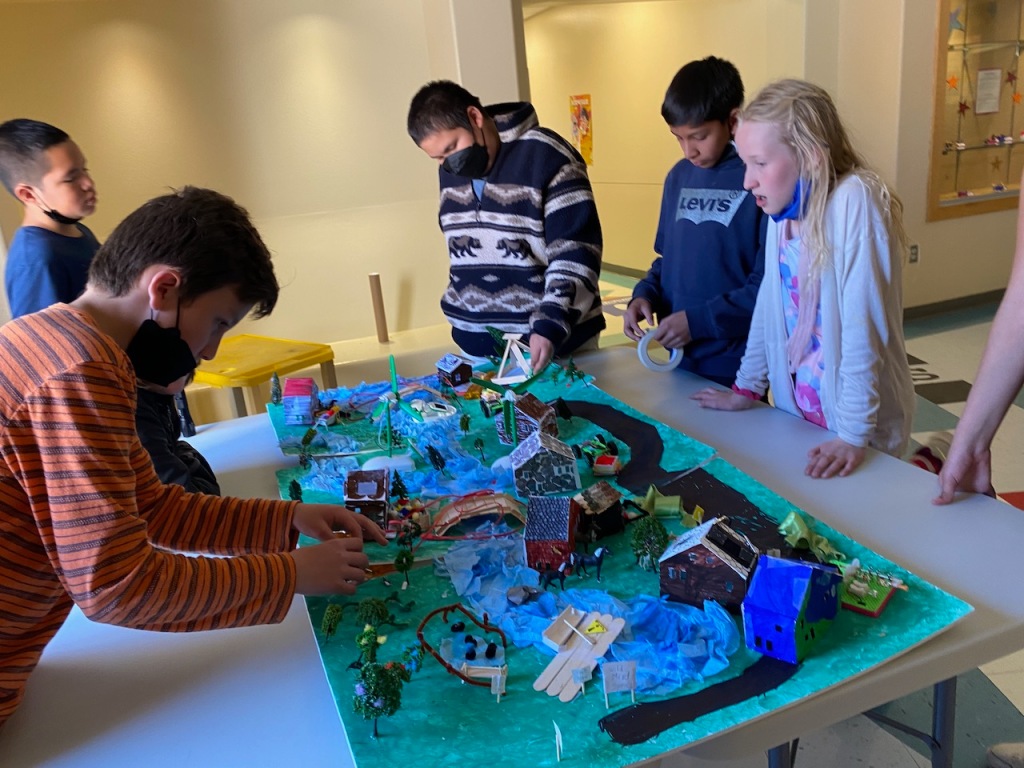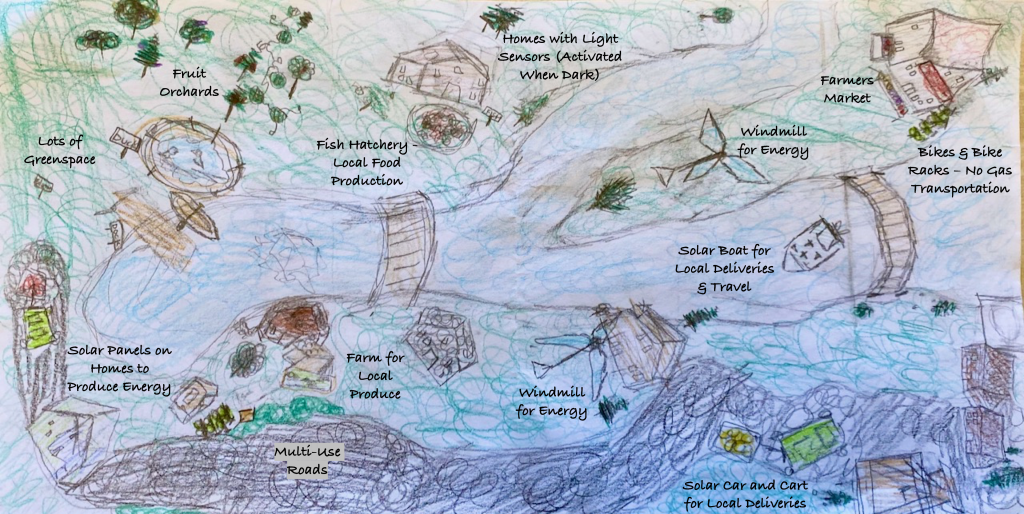Posts Tagged ‘Sustainability’
Creating a Sustainable City (#SDG 11): A Collaboration Between NM Gifted Elementary Students and PA 10th Graders
During Spring, 2022, a student in my gifted education program suggested that they build a paper city. I loved the idea, suggested that they make a sustainable city, and gave them some additional resources to do so. It ended up being amazing (for more about this see Building a Sustainable City and Class Example of a Sustainable City).
Along with teaching these gifted elementary students (who I teach for multiple years), I teach graduate courses for Walden University. One of the courses is Innovative Curriculum. During the course, these graduate students are asked to develop a global networked curriculum where two groups from very diverse geographical locations, preferably a country different than one’s own, work to solve an authentic problem. Raelee Sweigart a former math teacher and now math coach at Reach Cyper Charter School, developed a curriculum about the two groups of high school students using geometry to create model sustainable housing. Of course, I went a little crazy as my elementary students just finished their sustainable city model. I suggested we use her curriculum to do a collaboration whereby her high school students from throughout Pennsylvania work with my gifted upper elementary students in Santa Fe, New Mexico (two very different geographical and cultural locations). My students wanted to rebuild and refine their city this year, and what a fantastic way for both groups to learn applied geometry. I am so excited. Below is the highlights of our collaboration. Thank you, Raelee!
Overview of the Project (developed by Raelee)
During one of the Innovative Curriculum modules, students are asked to develop a digital handout of the project to share with students. Here is the one created by Raelee and modified for our collaboration: https://www.canva.com/design/DAFX8rX_03g/Vm_nSf6_RkTxgjoV99gWmA/view.
Padlet Introductions
As Raelee suggested in her model project, the students introduced themselves using a Padlet. She included columns for video introductions as wells as ones for students to post images of their geographical locations. I later suggested that she add columns for students to post images of example sustainable building from their geographical locations.
Screencast of Our First Meeting
This is a snippet of our first Google Meet together, when the students from the two schools met each other and Raelee reviewed the project.
Tinkercad Tips
Our second session focused on Tinkercad tips as that is the tool the students are using to create their sustainable city structures. Here is an edited clips of this meeting:
Sustainability Presentation
- Recording: https://screencast-o-matic.com/watch/c0nrrTVyOtf
- Slides: https://www.canva.com/design/DAFapgemzww/JlYdsK-WfLa19s0f5Yr4fQ/view
Support Handouts
The support documents for this project were found at I love Projects. Geometrocity, the City Made of Math http://digitaldivideandconquer.blogspot.com/2014/07/i-love-projects-geometrocity-city-made.html
10th Grade PA Students Teaching NM Elementary Students
The Pennsylvania students spent several of our meetings teaching the New Mexico students some geometry concepts related to 3D rendering and building construction.
Raelee created a Classkick, a formative assessment tool, for students to review geometry concepts – https://app.classkick.com/#/public/assignments/AYb6pKCnTQyMJFEKeSdp3w.
Working Collaboratively in Tinkercad to Design Sustainable Buildings
The group worked in Tinkercad, an online 3D modeling program that permits collaboration, to create their buildings. The New Mexican students worked with a scale of .25″/1′ in order for the buildings to work with their sustainable city model.
Making the Sustainable Buildings
Students in New Mexico will use a laser cutter to create the major parts of their sustainable buildings. In Pennsylvania, the buildings will be 3D printed for the students.
Final Slide Presentations
During our final session, student groups gave slide presentations. Below is their slide decks and oral presentations.
Upper Elementary NM SAGE Students’ Final Sustainable City
The New Mexico students using the buildings created through this project to build a sustainable city. The city was displayed in our school foyer. They explained it to several classes.
They used Canva to make poster to go along with their display:
Building a Sustainable City
As I’ve discussed before, I offer electives to my 4th-6th grade GT students (see Offering Electives to Elementary Students). They chose paper engineering. A few started making city structures. They then stated that they should make a city. I suggested that it be a sustainable city (Sustainable Development Goal 11). From there, the innovation, creativity, passion, fun, and final product exploded due to the efforts of the students.
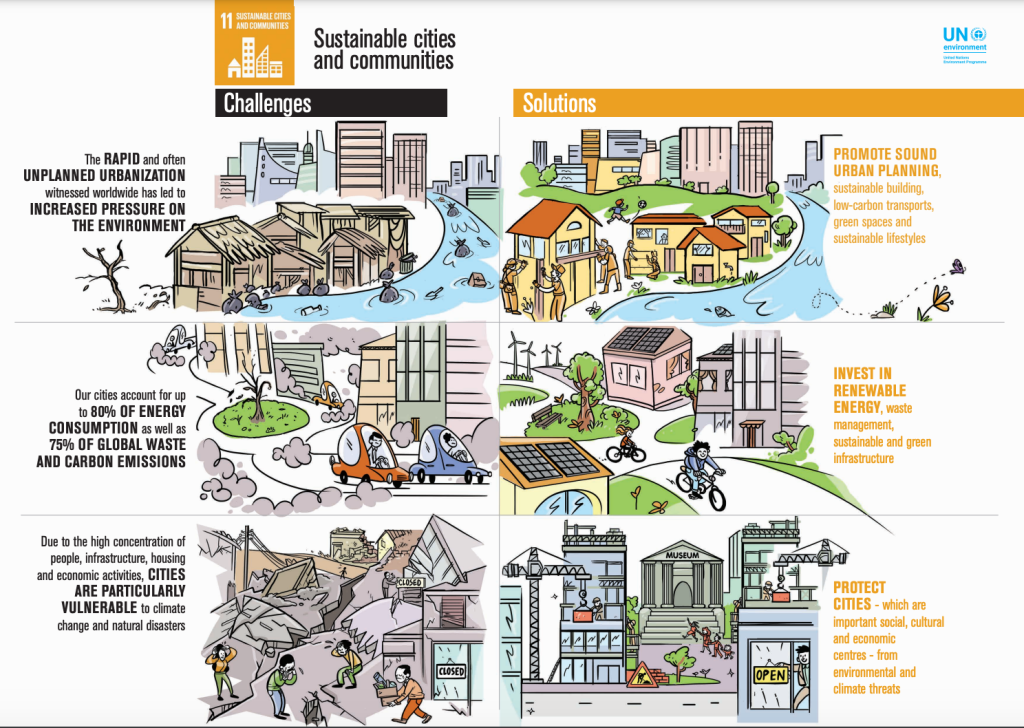
Standards Addressed
Education for Sustainability Standards and Performance Indicators
- Responsible Local & Global Citizenship. The rights, responsibilities, and actions associated with leadership and participation toward healthy and sustainable communities. Students will know and understand these rights and responsibilities and assume their roles of leadership and participation.
- Healthy Commons. Healthy Commons are that upon which we all depend and for which we are all responsible (i.e., air, trust, biodiversity, climate regulation, our collective future, water, libraries, public health, heritage sites, top soil, etc.). Students will be able to recognize and value the vital importance of the Commons in our lives and for our future. They will assume the rights, responsibilities, and actions to care for the Commons.
- Inventing & Affecting The Future. The vital role of vision, imagination, and intention in creating the desired future. Students will design, implement, and assess actions in the service of their individual and collective visions. (https://cloudinstitute.org/cloud-efs-standards)
Common Core English Standards
CCSS.ELA-LITERACY.CCRA.W.7
Conduct short as well as more sustained research projects based on focused questions, demonstrating understanding of the subject under investigation.
Next Generation Science Standards (Science and Engineering)
- Define the criteria and constraints of a design problem with sufficient precision to ensure a successful solution, taking into account relevant scientific principles and potential impacts on people and the natural environment that may limit possible solutions.
- Evaluate competing design solutions using a systematic process to determine how well they meet the criteria and constraints of the problem.
- Develop a model to generate data for iterative testing and modification of a proposed object, tool, or process such that an optimal design can be achieved (https://www.nextgenscience.org/topic-arrangement/msengineering-design).
Resources Shared With Students
- 6 Traits of a Sustainable City (With Examples) – https://www.digi.com/blog/post/sustainable-city
- What is a sustainable city? 10 characteristics of green urban planning – https://www.thezebra.com/resources/home/what-is-a-sustainable-city/
- The 10 Traits Of A Sustainable City And Eco-Friendly Urban Planning https://eeba.org/the-10-traits-of-a-sustainable-city-and-eco-friendly-urban-planning
Tools and Materials Use
- Foam Core Boards for base
- Heavy Cardstock (110 lb.) for paper buildings
- Cricuit Machine for cutting out paper buildings (can be any digital die cutting machine)
- Poster Paints – green, blue
- Light Blue Tissue Paper for water
- Solar Cars – e.g. http://www.xump.com/science/solar-diy-micro-car-kit.cfm
- Solar Windmills – e.g. https://www.walmart.com/ip/Sijiali-6-in-1-Creative-DIY-Education-Learning-Solar-Power-Robot-Kit-Children-Toys-Gift/258707171
- Mini-Solar Panels
- LEDs 10mm
- Alligator Clips (to connect LEDs to the solar panels)
- Chibitronics Light Sensitive Kit – https://shop.chibitronics.com/products/light-sensor-materials-kit which needs a Chibi Chip /Clip https://shop.chibitronics.com/collections/advanced-stickers/products/chip-clip (this provides lights that turn off/on, and are used inside the homes)
- Flashlights (to help demonstrate the solar panels)
A Snippet of the Student Planning Session
Informational Posters by Students for the Display
Highlights – Making the City
A Map of the Sustainable City – Drawn by a Student
Highlights – Finished City
Teacher Reflection
I have an expression, “Show students the possibilities and then get out of the way.” I did this for the Sustainable City project and the students didn’t disappoint! The project processes and products came out so much better than I expected. This fits into another of my beliefs, “Let go of expectations about about the products students will produce,” which I wrote about in Focusing on the Process: Letting Go of Product Expectations. I let students drive what they want to produce in the context of the processes desired, and they often create products way beyond what I could imagine.
I watched as they worked together as they planned their city, deciding what will be included and where it would go. I watched as they almost spontaneously created new areas and artifacts: gardens, orchards, farmers’ market, stables, and bike racks.
I have the privilege of observing great incidents of creativity, innovation, passion, and joy. I love my job. I love these kids.
